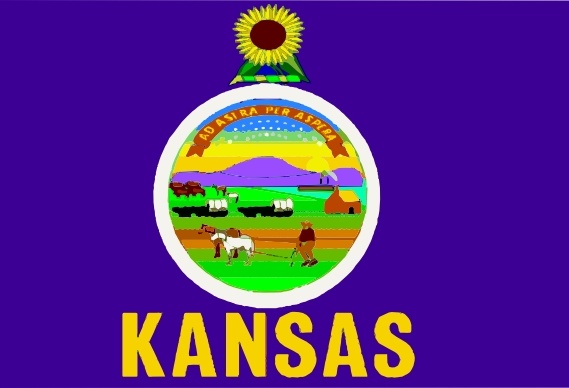| OVERLAND PARK – Transportation Secretary Julie Lorenz today announced the release of an online interactive tool to enable Kansas counties to analyze county-owned roads and bridges and help determine priorities to meet the future needs of local road systems.
Referred to as “KLIP,” the Kansas Local Infrastructure Planning Tool leverages counties’ existing road and bridge data and provides insights on local infrastructure conditions through an interactive viewer. County officials will be better able to prioritize and plan investments, including for critical connections among agricultural, rural and urban communities across Kansas.
Secretary Lorenz announced the release of the KLIP Tool at the 47th Annual Kansas Association of Counties (KAC) Conference. The online tool was developed by the Kansas Department of Transportation’s Bureau of Local Projects in coordination with the KAC and the Kansas County Highway Association (KCHA).
“The timing for this new tool is perfect,” said Secretary Lorenz. “While our county roads and bridges are aging and construction and maintenance costs are rising, we also have great opportunities. KDOT is fully funded for the first time in more than a decade and there are significant federal funding opportunities available to local governments.”
Secretary Lorenz said the KLIP tool enables counties to test a range of spending and funding scenarios to determine priorities and meet the needs of local road systems in the future.
“I’m very proud of the collaboration that went into developing this tool,” she said.
The KLIP Tool maps all bridges in the county, as well as a providing a historic look at investments in road and bridge maintenance and construction for each county. Using information based on such factors as number of bridges, miles of roadway or per capita, the user can use KLIP to project future funding needs. Plans can be based on user inputs of costs for various activities, mill levy increases, inflation rates and possible changes to the size of the transportation system in that county.
The KLIP Tool and user manual are located at https://klip.ksdot.gov/.
The KLIP Tool was developed with input from a Project Advisory Committee that included representation from KDOT, KAC, Saline County and Stafford County. Pilot versions of the program were tested by staff at Atchison, Crawford and Montgomery counties. |
